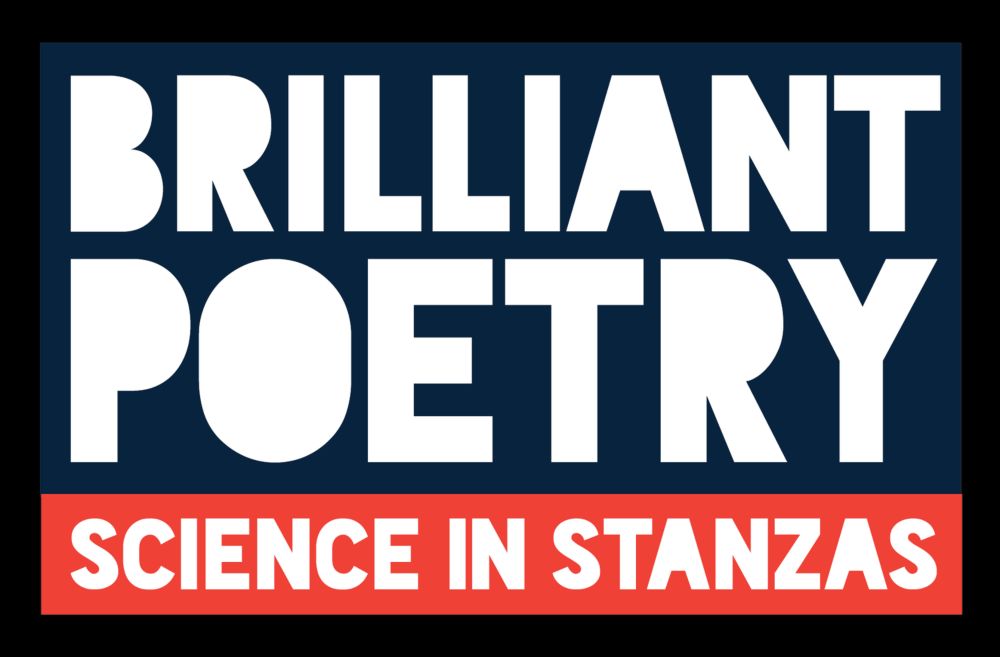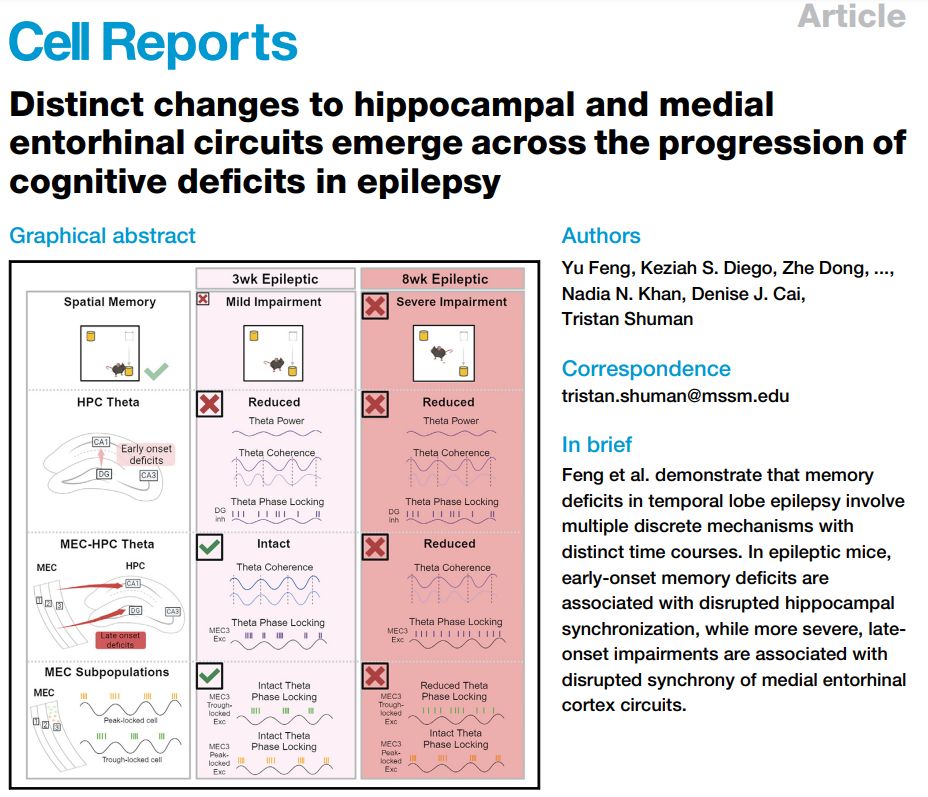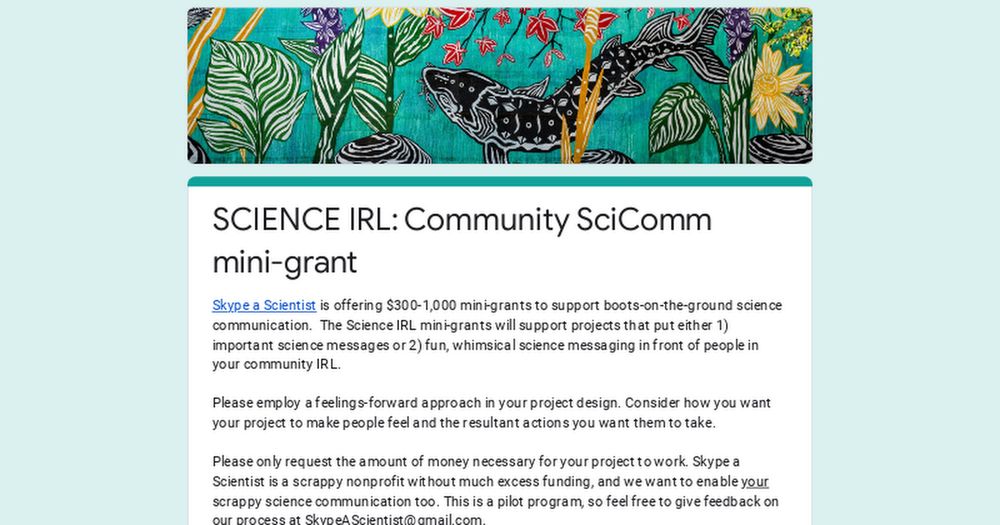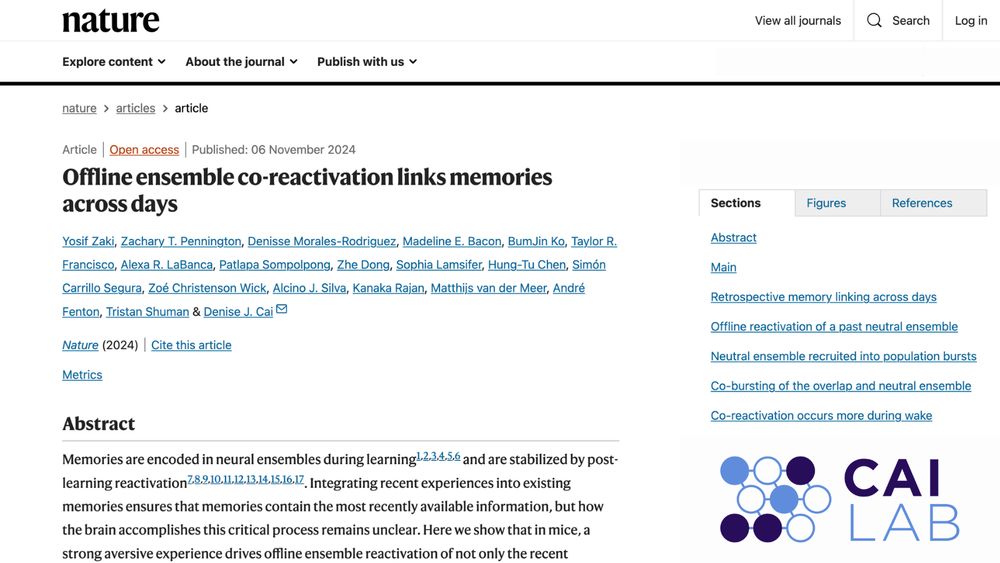Lauren Vetere
@laurenmvetere.bsky.social
220 followers
270 following
13 posts
Neuroscience postdoc in the Liu lab at NYU. Studying how different parts of the brain communicate to make memories. Writer & science communicator. (She/her)
Posts
Media
Videos
Starter Packs
Pinned
Reposted by Lauren Vetere
Reposted by Lauren Vetere
Reposted by Lauren Vetere
Lauren Vetere
@laurenmvetere.bsky.social
· Jan 22
Reposted by Lauren Vetere
James Hyman
@jamesmhyman.bsky.social
· Jan 10

Electrophysiological insights into Alzheimer's disease: A review of human and animal studies
This review highlights the crucial role of neuroelectrophysiology in illuminating the mechanisms underlying Alzheimer's disease (AD) pathogenesis and …
www.sciencedirect.com
Lauren Vetere
@laurenmvetere.bsky.social
· Nov 23
Reposted by Lauren Vetere
Reposted by Lauren Vetere
Reposted by Lauren Vetere














